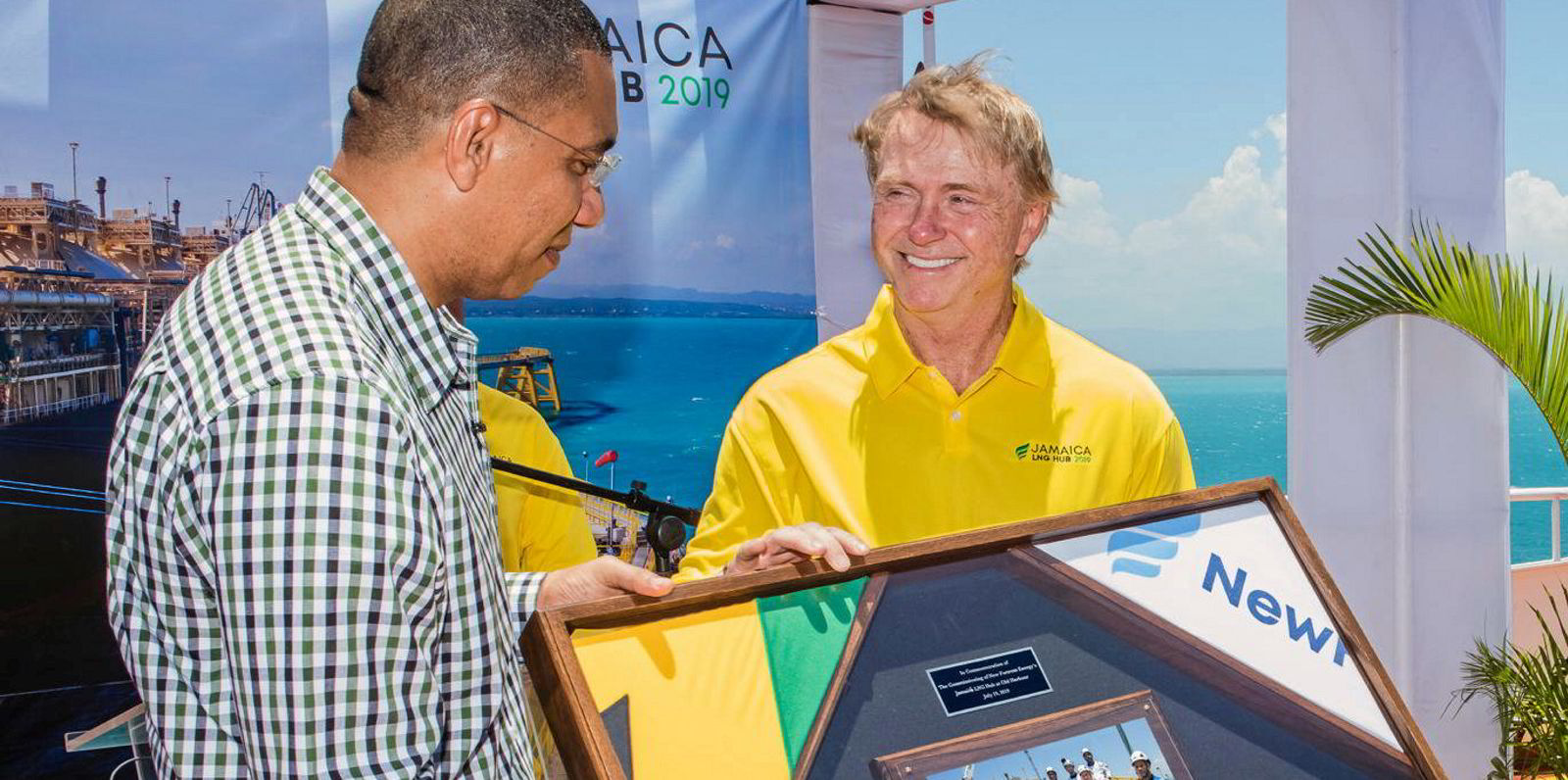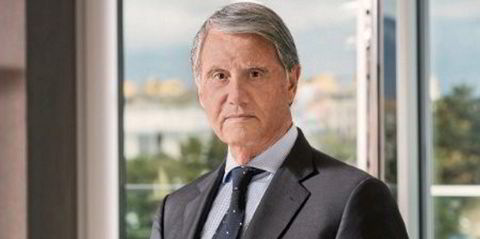US-listed New Fortress Energy took on the shipping assets from Hygo Energy Transition and Golar LNG Partners to protect it from having to go into the market and find the tonnage it needed elsewhere, chief executive Wes Edens said.
But he said the move is starting to pay off, he said.
"The decision to the buy ships in large part was a defensive one," Edens said on a second quarter results call.
"We know that we need ships and we need FSRUs [floating storage and regasification units] to complete our terminals and I was concerned about the pricing on the market getting away from us. In hindsight that also looks like a very good decision."
But Edens, who is also the company's president, said shipping prices and costs are up 25% or more and timelines to get new assets are extended.
“We bought the ships and FSRUs that we needed at the time that we needed them,” he said.
He explained that the company is getting income from those that are chartered out to third parties, without giving details, until they can be integrated into the company’s LNG import terminal projects.
Edens said New Fortress bought “very high-quality assets” in a way which allowed the company to acquire them in “one fell swoop” and protected it from having to go out into the market and be exposed to acquiring tonnage.
He said the company is starting to see the benefits of having an integrated gas and power and ship business, stressing that its biggest cost is gas and second is ships.
New Fortress became a vessel owner with a fleet of 13 ships, comprising 10 LNG carriers and three FSRUs, when it bought Hygo and Golar LNG Partners in April.
Good investments
Reflecting on the buys, Edens said: “We have made plenty of poor decisions over time and a handful of good ones and I think these are both going to go down as “very, very good investments”.
Edens admits the buy was an “aggressive acquisition”. But he said it was based on the market opportunity the company saw in front of it, which has only improved since completing the buyout.
The company plans to fire up its three new Brazilian terminals in the first half of 2021.
“Brazil is a huge market that has significant challenges on the energy front and that presents massive organic opportunity for us,” Edens said.
Answering questions, Edens said the company will continue to develop new markets with at least two or three new countries opening up to projects for them before the end of this year. He named Asia, Africa, South and Central America and Mexico as potential areas for new facilities.
He told analysts that the market was missing the point, explaining that when New Fortress develops an LNG terminal it is the start of commercial transactions not the end of them.
Edens flagged up LNG bunkering at these facilities as a key offering.
“The bunkering opportunity in the marketplace is gigantic,” he said. “One ship that fills up [with LNG] in Jamaica is going to take on 10 to 12,000 cbm of fuel in one loading.”
| Ship | Cbm | Built | Type |
| Celsius | 160,000 | 2013 | TFDE LNG carrier* |
| Penguin | 160,000 | 2014 | TFDE LNG carrier* |
| Princess | 138,000 | 2003 | steam turbine LNG carrier |
| Mazo | 135,000 | 2000 | steam turbine LNG carrier |
| Maria | 145,000 | 2006 | steam turbine LNG carrier |
| Grand | 145,000 | 2006 | steam turbine LNG carrier |
| Spirit | 129,000 | 1981 | LNG carrier-FSRU conversion |
| Winter | 138,000 | 2004 | LNG carrier-FSRU conversion |
| Freeze | 125,000 | 1976 | LNG carrier-FSRU conversion |
| NR Satu | 125,000 | 1977 | LNG carrier-FSRU conversion |
| Igloo | 170,000 | 2014 | FSRU |
| Eskimo | 160,000 | 2014 | FSRU |
| Nanook | 170,000 | 2018 | FSRU |
* candidate for FSRU conversion







